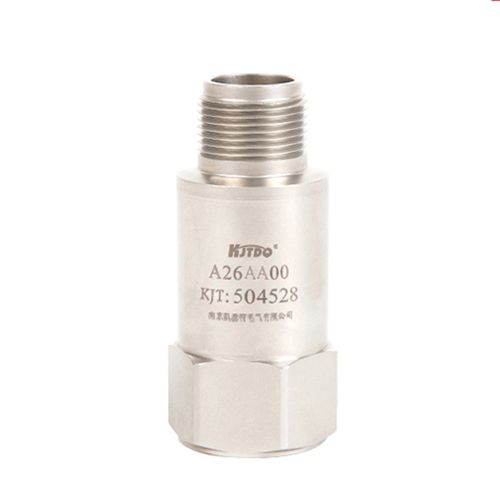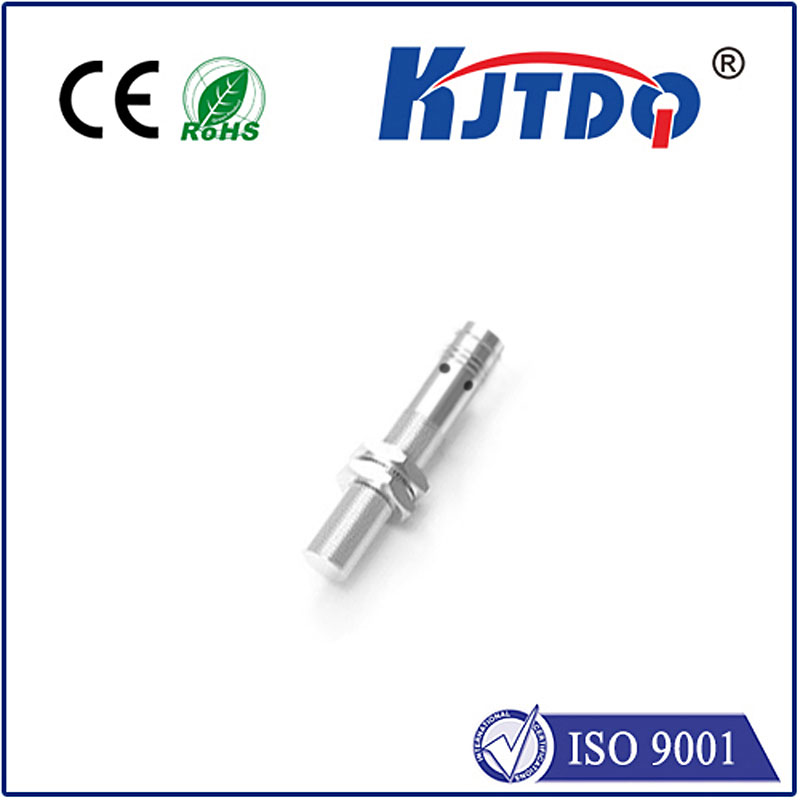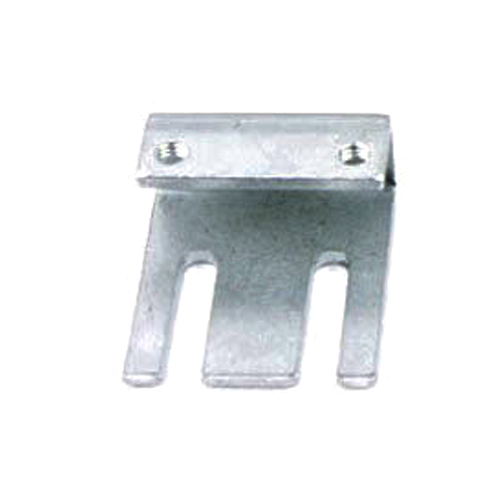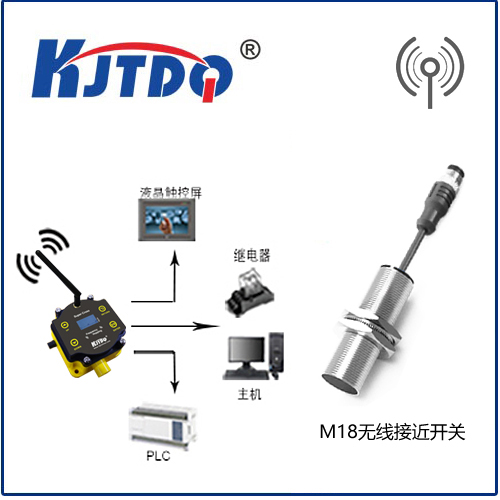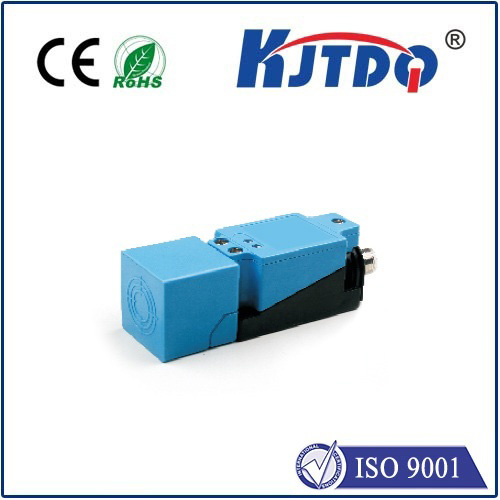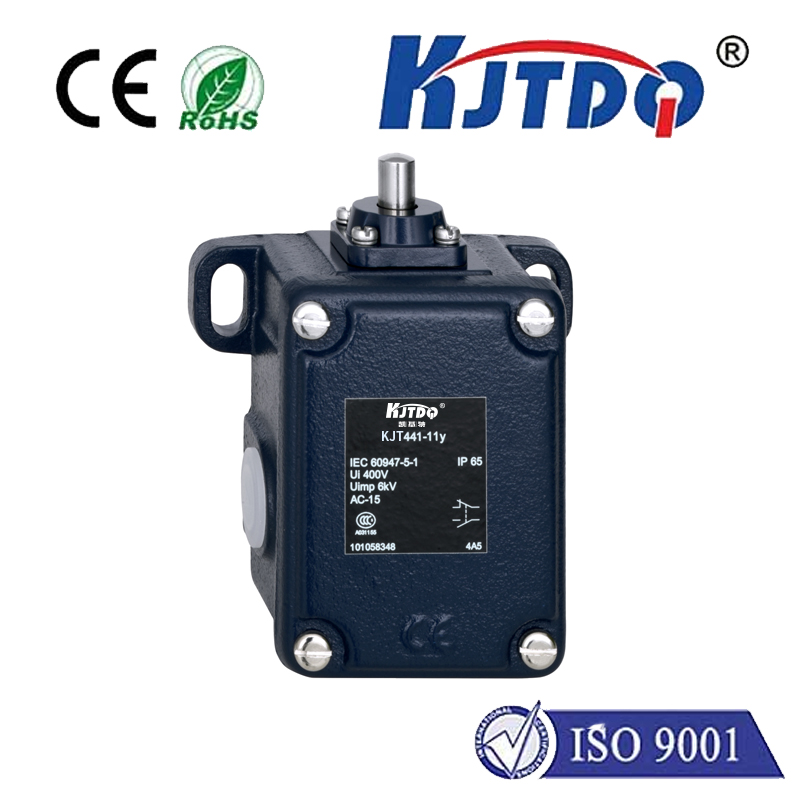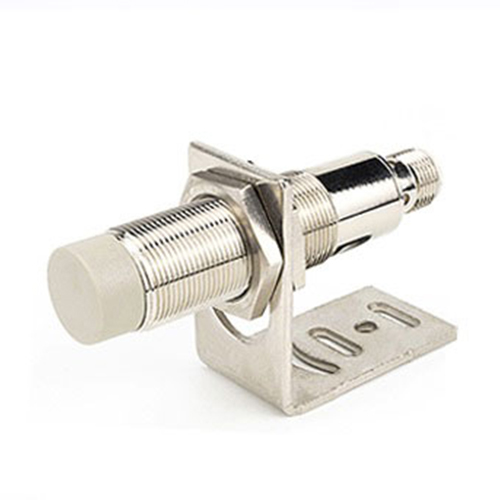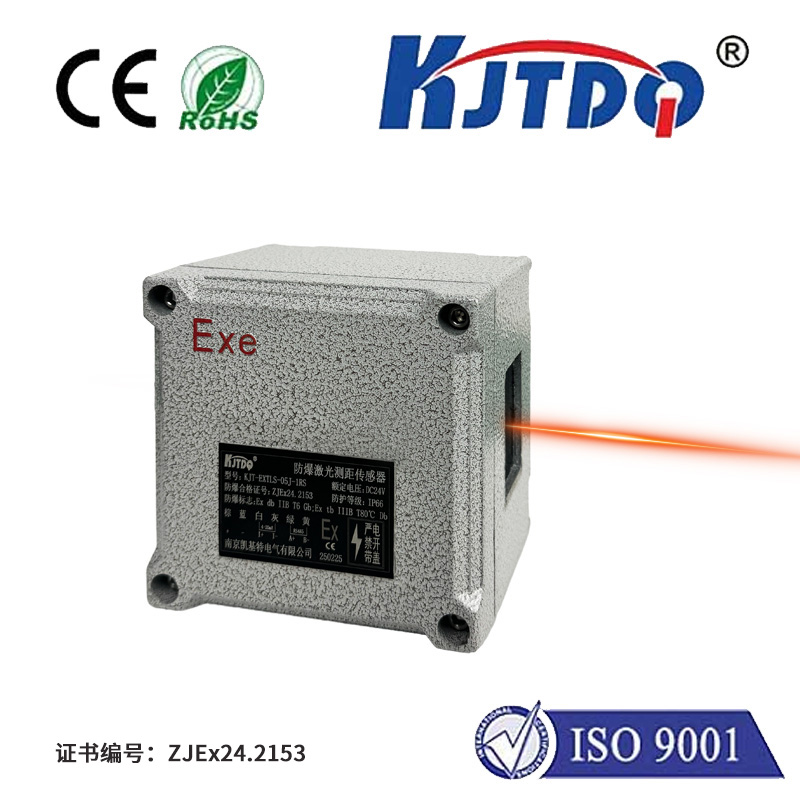

check

check

check

check

check

check

check

check

check

check
Unlock Unmatched Control: Where Non-Contact Sensing Meets Physical Switch Reliability
The relentless drive for efficiency, safety, and precision in modern automation demands components that are smarter, more reliable, and increasingly versatile. Enter the Proximity Sensing Microswitch, an ingenious fusion of two fundamental technologies: the robust, tactile assurance of a traditional microswitch and the sophisticated, wear-free detection capabilities of proximity sensing. This hybrid device addresses critical challenges in applications demanding both non-contact object detection and the definitive physical circuit switching only a mechanical actuator can provide. It’s a powerful solution bridging the gap between pure sensing and physical action.
Understanding the Hybrid Advantage
Traditional microswitches, also known as snap-action switches, are electromechanical powerhouses. They rely on a physical actuator (lever, roller, button) being depressed by an object, causing internal contacts to snap open or close with a distinct, audible “click.” They are prized for their high reliability, definitive actuation feedback, high current-carrying capacity, and relatively low cost. However, their limitation is clear: they require physical contact. This leads to mechanical wear over time, potential contamination issues, and limitations in high-speed or sensitive applications.
Proximity sensors, conversely, detect the presence or absence of an object without any physical contact. Using principles like inductive, capacitive, photoelectric, or ultrasonic sensing, they generate an electronic signal when a target enters their detection field. Their key advantages are non-contact operation (eliminating wear on both sensor and target), high-speed response, immunity to dirt and contamination (depending on type), and suitability for detecting fragile objects. However, their output is typically a low-power signal (like PNP/NPN or analog) requiring an external amplifier or relay to switch significant loads.

The proximity sensing microswitch ingeniously integrates these concepts. At its core, it functions like a standard microswitch with robust switching contacts. The critical innovation is its actuation mechanism. Instead of relying solely on physical pressure, it incorporates a proximity sensor (commonly inductive or capacitive) within the switch housing, positioned near the actuator. When a metal target (for inductive) or any material (for capacitive) enters the sensor’s detection field, it electronically triggers the microswitch’s snap-action mechanism. The result? The tactile feel and high-load switching capability of a microswitch are activated without the target ever needing to physically touch the actuator lever.
Core Principles and Inner Workings
While designs vary, the core operational sequence is generally consistent:
The Compelling Benefits: Why Choose This Hybrid?
This unique combination delivers significant advantages over traditional switches or standalone sensors:
Diverse Applications: Where Precision Meets Robustness
The unique capabilities of proximity sensing microswitches make them ideal for numerous demanding scenarios:
Implementation Considerations
Selecting the right proximity sensing microswitch requires attention to:
The Future of Tactile Precision
The proximity sensing microswitch represents a sophisticated evolution in switching technology. It successfully addresses the fundamental limitations of physical contact switches while preserving their desirable high-load switching and tactile feedback characteristics. By leveraging non-contact sensing to trip a proven mechanical switch mechanism, it delivers uncompromising reliability, extended operational life, and robust performance in environments where traditional switches falter. For engineers seeking a solution that bridges the gap between delicate detection and decisive power switching, this hybrid innovation offers a compelling, space-saving, and highly effective answer, solidifying its place as a vital component in the landscape of modern industrial control.


